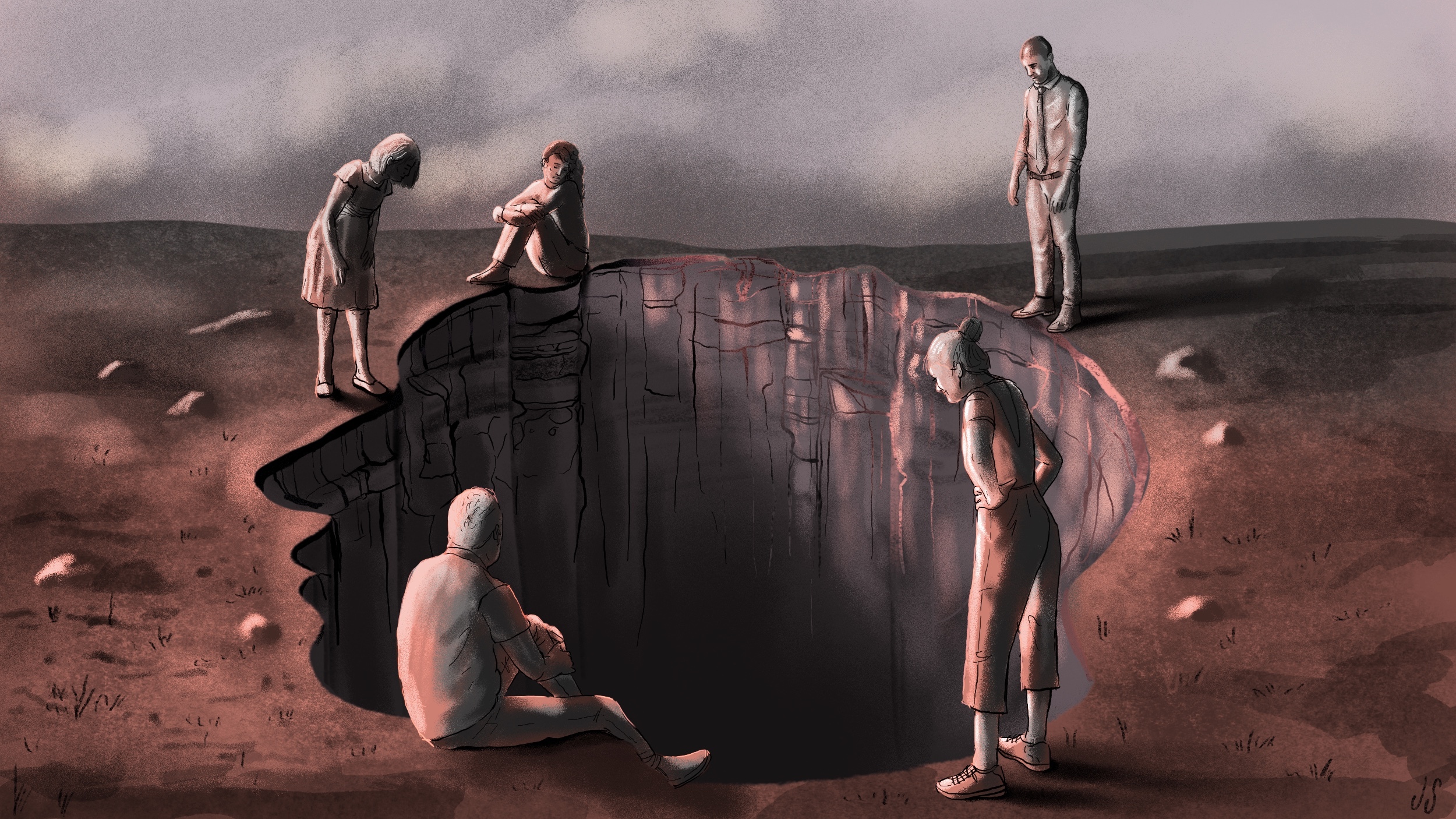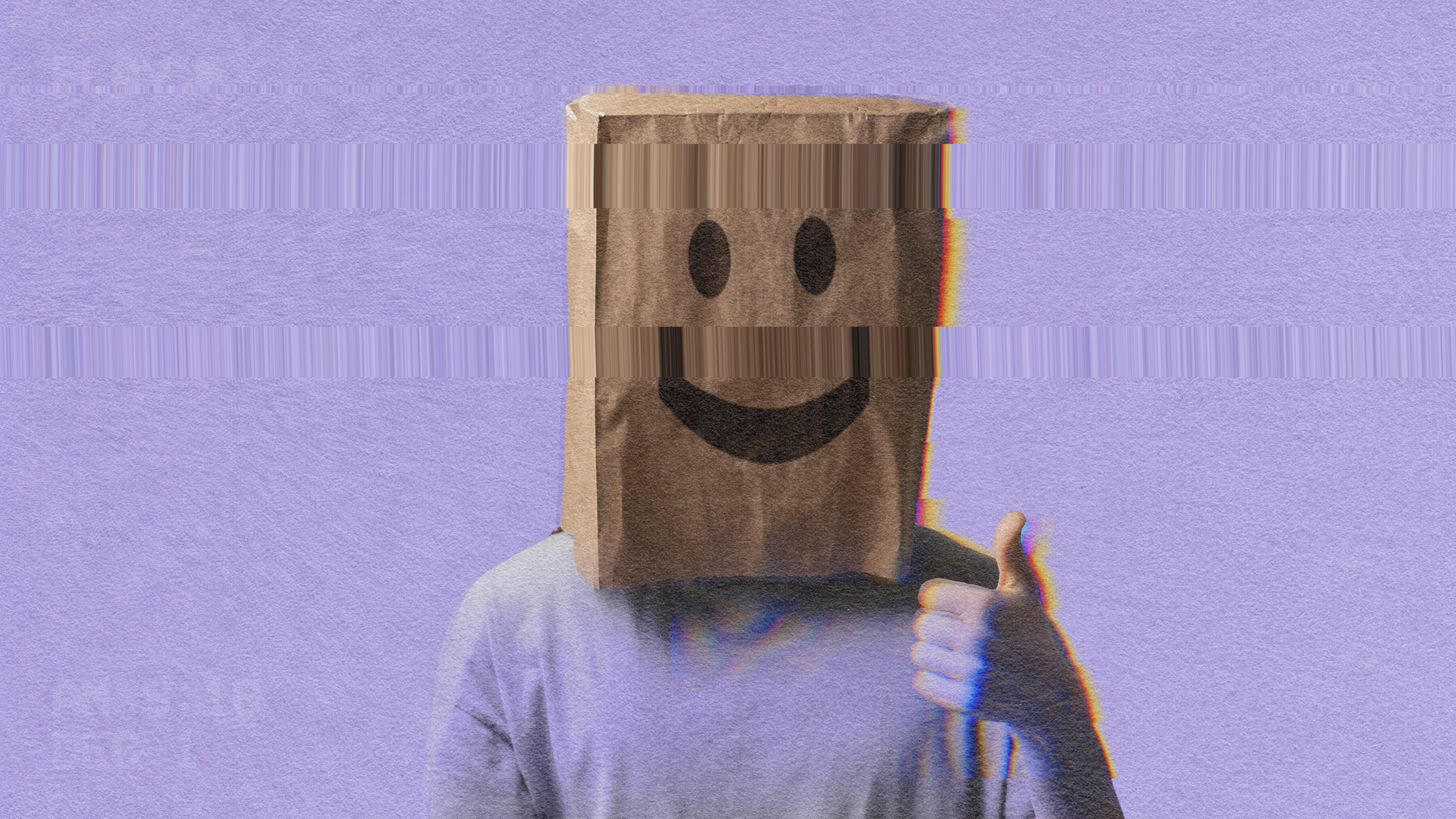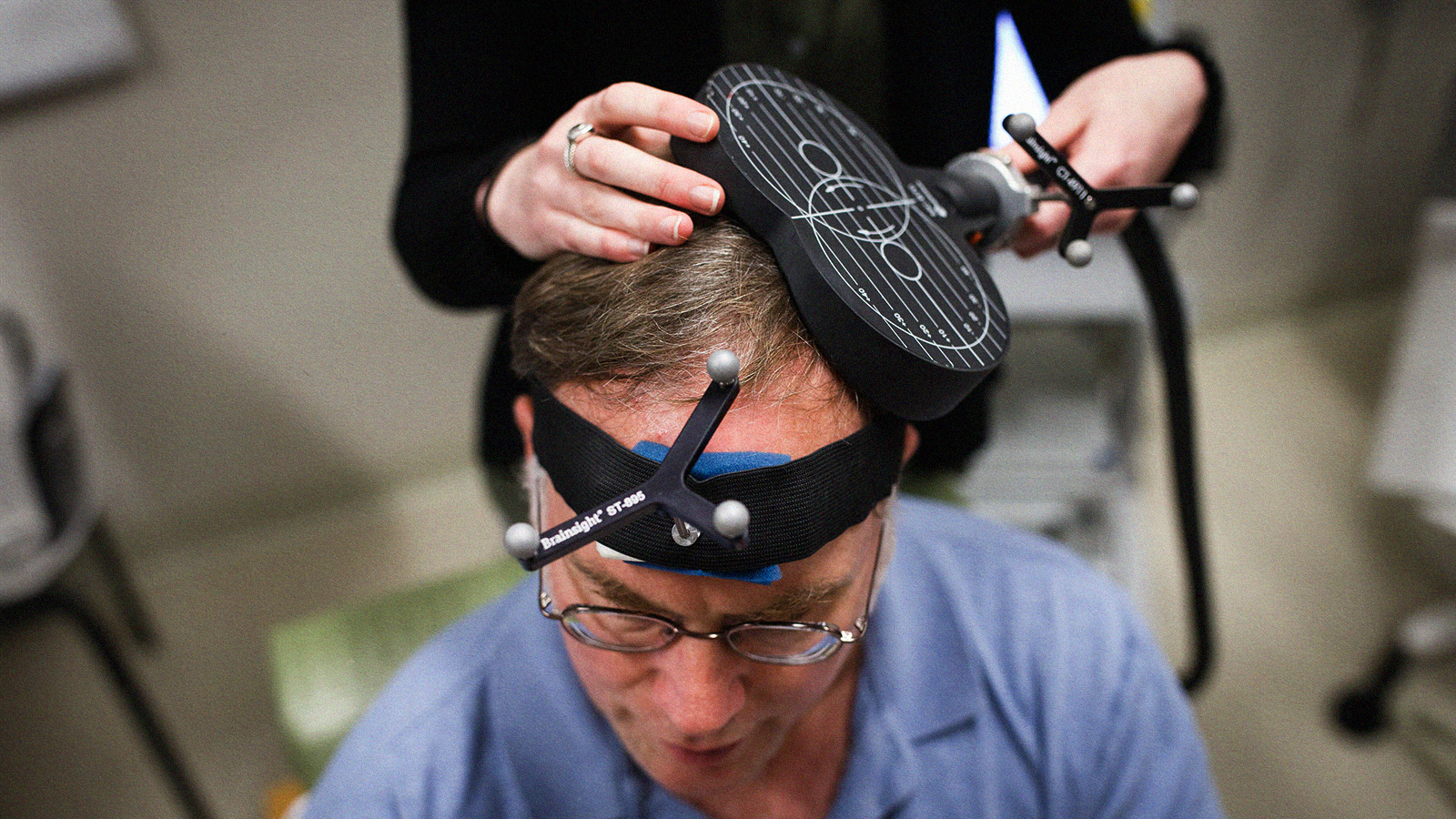Do antidepressants create more mental illness than they cure?

Photo by Emiliano Vittoriosi on Unsplash
- Many antidepressants show no better efficacy than placebo or talk therapy in long-term usage.
- Proselytizing pharmaceutical interventions has been part of a concerted effort since the 1970s.
- Journalist Robert Whitaker discusses the impact of pathologizing children, moral therapy, and more.
Doctors wrote a record number of prescriptions for Zoloft in March, causing the FDA to add this SSRI to its drug shortage list. Zoloft prescriptions then dropped in April—4.5 million, down from 4.9 million—yet these numbers represent a startling upward trend in antidepressant usage. Nearly 13 percent of the US population over age 12 now regularly swallow these pills.
Why would a 12-year-old need an antidepressant? Robert Whitaker, author of “Mad in America” and Anatomy of An Epidemic,” discusses the pathologizing of children during our recent conversation. Whitaker has won a number of awards for his reporting on the psychiatry industry; he was a Pulitzer finalist for a series on psychiatric research he co-wrote for the Boston Globe. While his investigative reporting covers a range of topics, an important thread weaves together his work: Why do Americans take so many prescription drugs?
In”Anatomy of an Epidemic,” Whitaker points out that as prescriptions for SSRIs, SNRIs, and antipsychotics rise, so do anxiety and depression diagnoses. If these drugs worked, fewer people should be diagnosed. In a for-profit health care system, however, new customers are always needed. Minor complaints are now pathologized. Creating an illness is the best way to sell a drug.
The 20th century represented a remarkable turning point in medicine. It also marked the beginning of a tragic misunderstanding of mental health. After millions of years of successful evolution, humans were suddenly victims to brain chemistry gone awry. We were sold on the idea that chemical imbalances are the cause of anxiety and depression, not a biological effect created by environmental conditions. Antidepressants predominantly treat a symptom, not the cause, of our malaise.
As Whitaker mentions, short-term use of antidepressants can be helpful. Even with an increasing number of studies detailing the negative long-term effects of these drugs, we’re swallowing more pills than ever. I chatted with Robert about why that is and how we can course correct. Our talk was edited for clarity, but you can watch the full conversation or read the transcript below.
EarthRise 91: Do antidepressants create more mental illness than they cure? (with Robert Whitaker)www.youtube.com
Derek: Why did you begin investigating the medicalization of psychiatry?
Bob: I co-wrote a series for The Boston Globe on abuses of psychiatric patients in research settings. While I was doing that research, I came upon two World Health Organization studies on outcomes for schizophrenia patients. They were cross-cultural studies in nine different nations, and both times they found outcomes were much better in poor countries than “developing” countries. India, Colombia, and Nigeria fared better than the US and other rich countries. The World Health Organization actually concluded that living in a developed country is a strong predictor you’ll have a bad outcome if you’re diagnosed with schizophrenia. I wondered why living in a developed country, with all of our advances in medicine, would be a predictor of a bad outcome.
The common narrative was how we were making progress in treating mental disorders. We were finding that they were due to chemical imbalances; we had drugs to fix those chemical imbalances. Yet here were cross-cultural studies finding something much different.
I also found that they use antipsychotics very differently: for short-term but not long-term. That also went against what I knew to be true.
The final thing that launched me into this was looking at a Harvard study that found outcomes for schizophrenia patients in the US had declined in the last 30 years; they’re no better than they’d been in the first third of the 20th century. That also belied the narrative of progress.
D: I was prescribed Xanax for a short period of time when I suffered from severe panic disorder. When I explained to my doctor what was happening, she immediately said, “What you’re going through is no different than any physical disease.” When I read “Anatomy of an Epidemic,” it struck me how this exact message had been marketed as the proper approach for treating mental health in the early fifties. Writing of that era, you discuss the American Medical Association, pharmaceutical industry, and government working together to drive that narrative.
B: I love science. It’s one of the most beautiful manifestations of the human mind. What I gradually came to understand is that we weren’t seeing the presence of a scientific mind in this creation of the narrative of a chemical imbalance.
Guild interests were at play. You said you were told that “this is like any other physical disease.” The reason that works so well for a commercial narrative is because I can’t get a drug approved for “anxiety of life” or “general unhappiness.” But I can get a drug for panic disorder. I can get approved for something seen as a biological condition.
From a pharmaceutical point of view, if you can create a narrative that the discomfort of life is a biological condition, you’re going to expand your market dramatically. Before 1980—which is when panic disorder was first identified as a specific disorder—the group of things that were seen as biological was pretty small. It was going to be hard for the pharmaceutical market to expand beyond that.
Why did psychiatry want to tell this tale? Psychiatry in the fifties and sixties had a lot of Freudian impulses and psychodynamic thinking. Then in the seventies, you see a guild whose survival as a medical discipline was under attack. As the benzodiazepines were popping up—those were the first real popular psychiatric drugs—there were problems with addiction, withdrawal, and lack of efficacy over time.
In the seventies, the American Psychiatric Association as a guild felt threatened. Diagnoses were being challenged. It was in competition with talk therapy counseling and other ways of approaching wellness. You can see them saying, “How can we rise above this competitive fray?”
Well, what image has power in American society? The white coat. They said, “We need to put on the white coat. If we call these diseases of the brain, we’re now in that field of (almost) infectious disease medicine.” You start telling yourself a story and you’re going to want to believe that story. You can see psychiatry trying to convince itself that these diseases are chemical imbalances.

A worker at Galenika, a major Serbian pharmaceutical company, stacks on October 23, 2009 packages of Bensedin anti-depressant pills. “A Benjo a day takes your troubles away,” said a tongue-in-cheek Belgrade graffiti featuring the slang name of the popular antidepressant in the 1990s.Photo: AFP via Getty Image
D: A recent analysis showed that trials for esketamine were rushed and did not show true efficacy, but the FDA approved the drug anyway. This is the first psychedelic approved for medical use, yet we seem to be making the same mistakes as with other drugs. How do we break this loop?
B: When a pharmaceutical company wants to get a drug approved, they’re going to design the study in ways that make their drug look good. There are all sorts of tricks. If you know of certain side effects, don’t put them on the checklist of problems that you look for and you won’t get nearly as many spontaneously reported actions. People who are funding the studies of these drugs by and large have a vested interest in seeing them approved.
Our mechanism of approval is also misunderstood. People generally think that if a drug is approved by the FDA, that means it’s safe and good for you. The FDA isn’t actually saying that the benefits outweigh the harms. It’s saying we have this standard for approving a drug: if you can show two trials where it has statistically significant benefit over placebo, that’s a sign of efficacy.
Let’s say you have a drug that provides a relief of symptoms in 20 percent of people. In placebo it’s 10 percent. How many people in that study do not benefit from the drug? Nine out of 10. How many people are exposed to the adverse effects of the drug? 100 percent.
They’ll pass that drug because it meets this small standard of benefit over placebo. And they’re not subtracting the risk; they’re just warning of the risk. It’s not up to doctors to decide whether it’s helpful. This process is just saying, “it’s met our societal standard for getting it on the market.”
We also don’t measure long-term exposure. If you look at Xanax, it doesn’t show any efficacy after about four weeks. If you’re taking it on a daily basis, you really should get off it. But all sorts of people have been on it for two years, three years, five years, 10 years. We don’t have a mechanism for assessing what happens to people on these drugs for that amount of time.
D: Why does the medical industry not discuss the power of placebo more often?
B: This goes to a larger question about how we think about wellness as a society. There have been a lot of changes in medicine, but the benefits of antibiotics created a mindset about how effective drugs could be for whatever ails you. It set in motion this idea that medicine could come forth with pills that could help whatever you might be presenting with. You see this rapid rise in the use of prescriptions as well.
Increasingly, doctors found themselves in a position where patients were hoping to leave with a prescription. You can’t write a prescription for placebo. It would probably be very helpful if you could. The interaction between doctor and patient is actually a sort of placebo interaction. The patient comes for help, they think the doctor has magical potions, and they want to leave with that magical potion. That’s in our mindset.

Original building of The Retreat, York. Instituted 1792.Photo: Wikimedia Commons
D: One of the most powerful stories in “Anatomy of an Epidemic” is the 19th century Quaker practice of moral therapy. Can you foresee a return to this sort of model?
B: I love the humility in it. They admitted they didn’t really know what causes madness, but here’s the key: they said, “we know they’re brethren. They’re humans, like all of us.” Then they asked, “What do we like? We all like a comforting environment; we need shelter; we need food; it’s good to have interests; it’s good to have socialization and respect toward each other.”
One of the beautiful aspects of moral therapy is they wanted to create these residences out in the country. They thought nature could be very healing, diet could be very healing, a little glass of port at four in the afternoon could be healing.
My favorite part of the moral therapy approach was they would hold a mirror to reflect the image back not of a bad person, but the image of someone who could be in society, who could be with others without fear. They were creating environments where people felt safe and found meaning. They felt respected as well.
If you look at the medical notes, these people were psychotic. They were having trouble assessing reality. Historians found that with this sort of comforting environment many people, about two-thirds, their psychosis would abate naturally over time. Most would never come back to the hospital; they would have a time of psychosis rather than a chronic illness.
Our drug basis is very different: We’re going to fix something wrong with the inside of your head. Moral therapy is about fixing the environment you move through and creating a new environment. Our mental health arises within environments, not just the inside of your head.
D: I walked a half-mile to school at age six, so I come from quite a different time, even though I’m only 44. If I was growing up now, I would be put on a drug for ADHD, as I was pretty hyper. Yet our prefrontal cortex doesn’t fully develop until our twenties. The idea of putting six-year-olds on these drugs is insane.
B: This is one of the biggest moral questions of our time: How do we raise our children? The biggest moral question of our time is climate change. If we don’t respond to that, we’re really screwing future generations. But it is a big question.
We’ve created a pathologizing environment for them. Why did we do that?
If you go back to the early nineties, the drug companies recognized the adult market for SSRIs was being saturated. Where’s the untapped market? Kids.
You had already started to see that with stimulants for ADHD, but what you see post-1980 is market forces: pharmaceutical companies worked with academic psychiatry to start talking about all of these childhood disorders and the need to medicate them.
What I find particularly distressing is that all the data you can find on medicating kids is ultimately negative, even on symptoms, cognitive function, social functioning, and academic achievement. Most frightening of all—since you opened this with ideas of frontal lobe development—all of our animal studies show that these drugs affect brain development.
If you look at the harm done from pathologizing childhood, it’s so broad-based. Kids are taught to monitor their own self. If they find themselves sad, that’s wrong, that’s abnormal. Whereas in the past, you might think, “I’m sad today.” You’re expected to be happy, and if you’re not happy, that’s a problem. We’ve created a situation where kids are primed to think, “something’s wrong with me,” and parents are primed to think, “something’s wrong with my kid.”
Going back to moral therapy: Do we ask about the spaces kids inhabit today? You got to walk a half-mile to school. How many kids get to walk to school today? How many kids feel pressure by second grade to start getting good grades because they have to worry about getting into college?
You create a narrative that helps drive people into this “abnormal” category, so they start using these drugs. And we have all this evidence that it isn’t benefiting kids.
We’ve seen rising suicide rates in kids. Then there’s the rise in antidepressants, too. Go to college campuses today, the percentage of kids that arrive with a diagnosis and a prescription is 25 to 30 percent. Do you really think 30 percent of our kids are mentally ill?
You’ve given kids messages that they’re abnormal, ill, and compromised, instead of giving them messages of resilience, of how to grow into life. You can’t chase happiness. You can chase meaning in life. You can chase doing things that have some meaning to the social good. I can’t just try to be happy. Happy visits you when you’re engaged in social relationships, meaning, community, that sort of thing.
The pathologizing of kids is taking away the right of every child to become the author of their own life: to make choices, to try things out, to decide what they want to be, and to grapple with their own minds.
—
Stay in touch with Derek on Twitter, Facebook and Substack. His next book is “Hero’s Dose: The Case For Psychedelics in Ritual and Therapy.”





